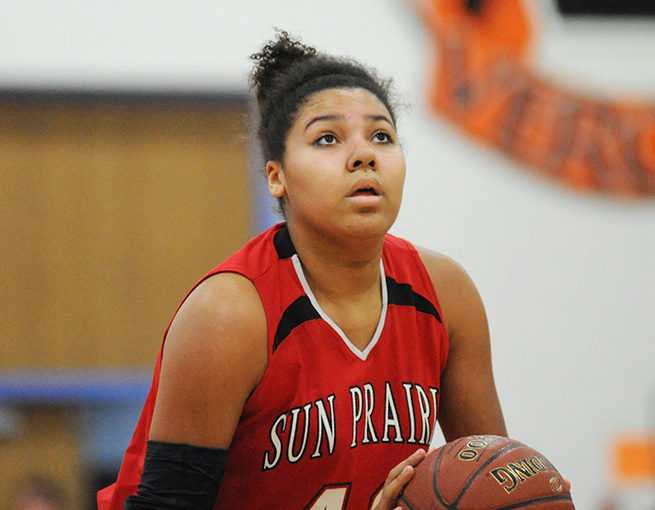Study: Biomechanical traits of the best free throw shooters
Basketball season is in full swing, and in a close game, the team that makes the highest percentage of free throws can often eke out the win. A better understanding of the precise biomechanics of the best free-throw shooters could translate into critical player performance improvement.Researchers at the University of Kansas in Lawrence used markerless motion-capture technology to do just that, reporting their findings in an August paper published in the journal Frontiers in Sports and Active Living.
 A recent story from Arstechnica.com detailed the study and its findings. Below is an excerpt from the Arstechnica.com.
A recent story from Arstechnica.com detailed the study and its findings. Below is an excerpt from the Arstechnica.com.
Dimitrije Cabarkapa is the Jayhawk Athletic Performance Lab director and has been studying basketball players’ performance for several years now, including how eating breakfast (or not) impacts shooting performance, and what happens to muscles when players overtrain. They published a series of studies in 2022 assessing the effectiveness of the most common coaching cues, like “bend your knees,” “tuck your elbow in,” or “release the ball as high as possible.” For one study, Cabarkapa et al. analyzed high-definition videos of free-throw shooters for kinematic differences between players who excel at free throws and those who don’t.
The results indicated greater flexion in hip, knee, and ankle joints resulting in lower elbow placement when shooting.
Yet they found no kinematic differences in shots that proficient players made and those they missed, so the team conducted a follow-up study employing a 3D motion-capture system. This confirmed that greater knee and elbow flexion and lower elbow placement were critical factors. There was only one significant difference between made and missed free-throw shots: positioning the forearm almost parallel with an imaginary lateral axis.
A third study looked at kinematic differences between two-point and three-point shooters (both proficient and non-proficient) using high-speed video and a force-plate system. They found that good two-point shooters have greater elbow placement and elbow flexion during the early phase of the shooting motion, and greater shoulder flexion/release angle at the time of the ball’s release. By contrast, good three-point shooters also had greater elbow flexion but also kept the torso in a near-vertical position and could reach greater vertical jump heights at the ball’s release.
Finally, Cabarkapa’s lab published a study examining the connection between a player’s strength and their success at shooting free throws, two-pointers, and three-pointers. They didn’t find a strong correlation, although they concluded this did not mean strength doesn’t matter when it comes to shooting accuracy, merely that there are probably other factors to be considered.
